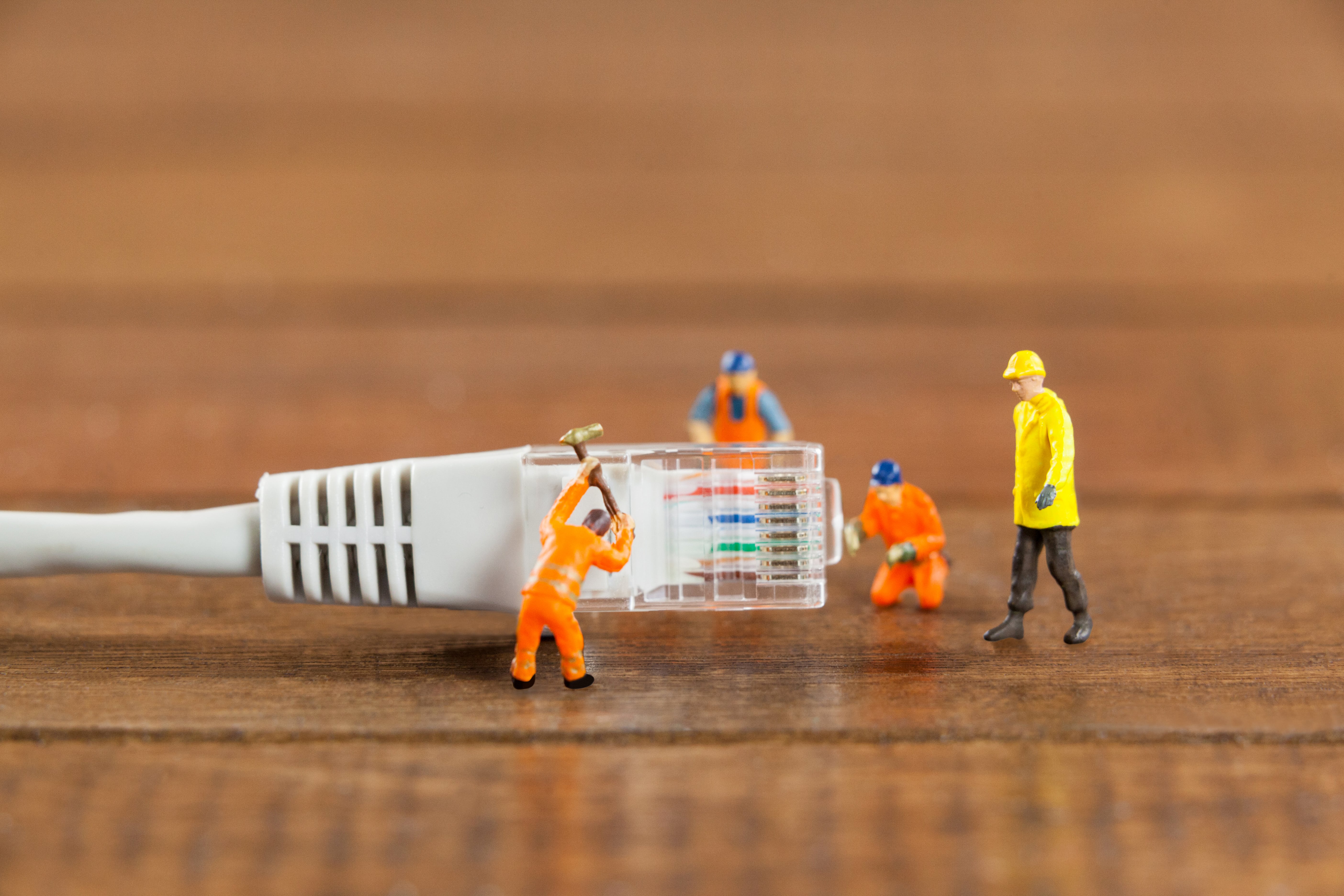info@sadi.co.ke
+254727368241
In an age where connectivity drives everything from business operations to personal communication, downtime is costly. That’s where the concept of self-healing networks comes into play. Powered by artificial intelligence and automation, these systems are designed to detect issues, fix them instantly, and keep the internet running smoothly—often without human intervention.
What Are Self-Healing Networks?
A self-healing network is an intelligent infrastructure capable of identifying failures, rerouting traffic, and repairing itself automatically. Instead of waiting for technicians to detect and fix problems, the network leverages AI algorithms, predictive analytics, and distributed computing to respond in real time.
Why They Matter in 2025
With the rise of smart cities, remote work, and global cloud computing, internet reliability has never been more critical. Self-healing networks offer:
Reduced Downtime – Automatic rerouting ensures continuous connectivity.
Cost Efficiency – Less reliance on manual intervention lowers maintenance costs.
Cybersecurity Strength – AI systems can detect and isolate cyberattacks instantly.
Scalability – Networks can grow and adapt without breaking under pressure.
How Self-Healing Works
These networks rely on a mix of machine learning, predictive monitoring, and edge computing. By analyzing traffic patterns, they can anticipate potential bottlenecks or failures before they happen. When a problem occurs, the system takes immediate action—whether that means rerouting data, isolating a compromised node, or patching itself on the fly.
The Challenges Ahead
While the promise of self-healing networks is enormous, there are hurdles:
Complexity – Building autonomous systems requires advanced AI models and massive amounts of data.
Cost of Deployment – Upgrading infrastructure isn’t cheap, especially for legacy networks.
Trust Issues – Businesses may hesitate to hand over critical operations to fully autonomous systems.
The Road Ahead
Experts predict that self-healing networks will become an essential part of the internet’s future. As 5G, IoT, and edge computing continue to expand, autonomous repair mechanisms will help prevent widespread outages and strengthen global connectivity.
The idea of the internet repairing itself may have once sounded futuristic, but in 2025, it’s closer than ever to reality. While challenges remain, self-healing networks promise a future of faster, more resilient, and more secure connectivity.
 October 03, 2025 - BY Admin
October 03, 2025 - BY Admin